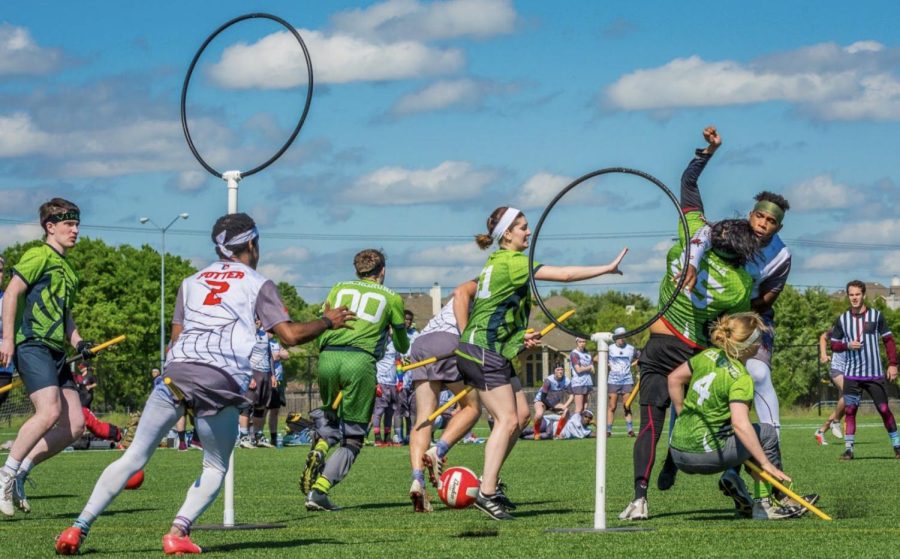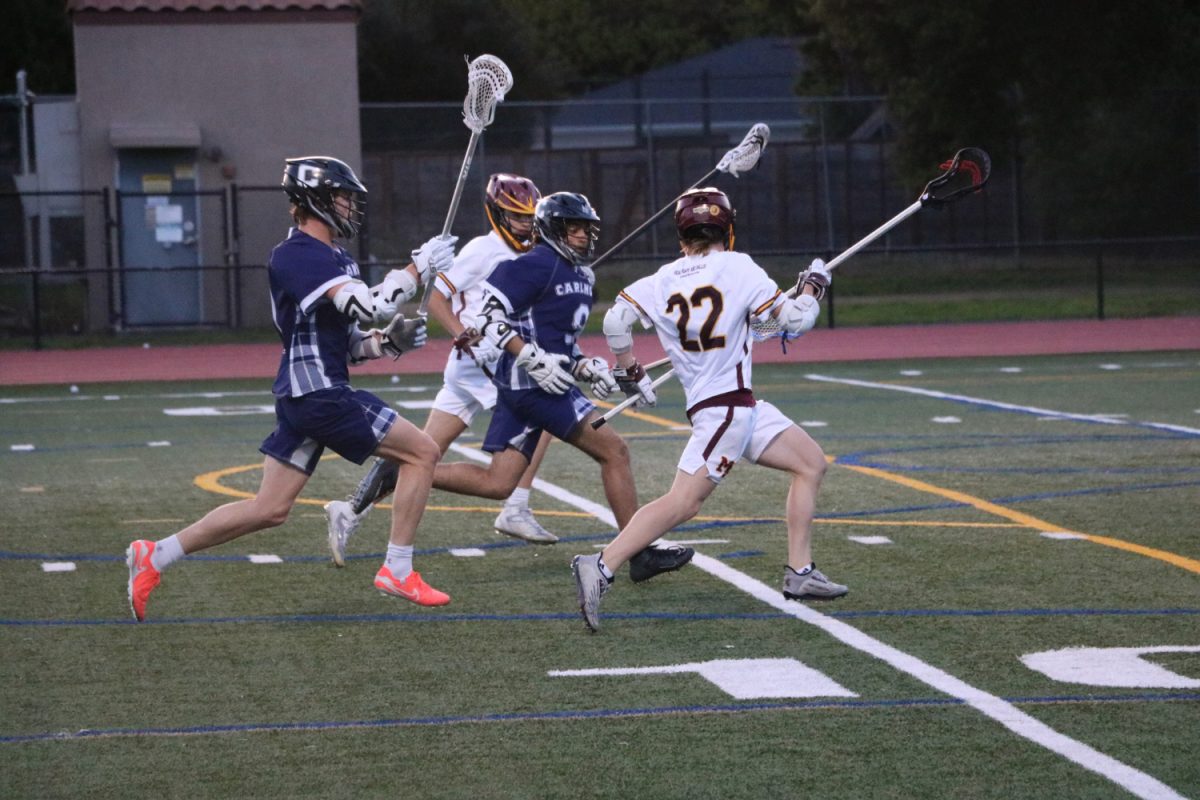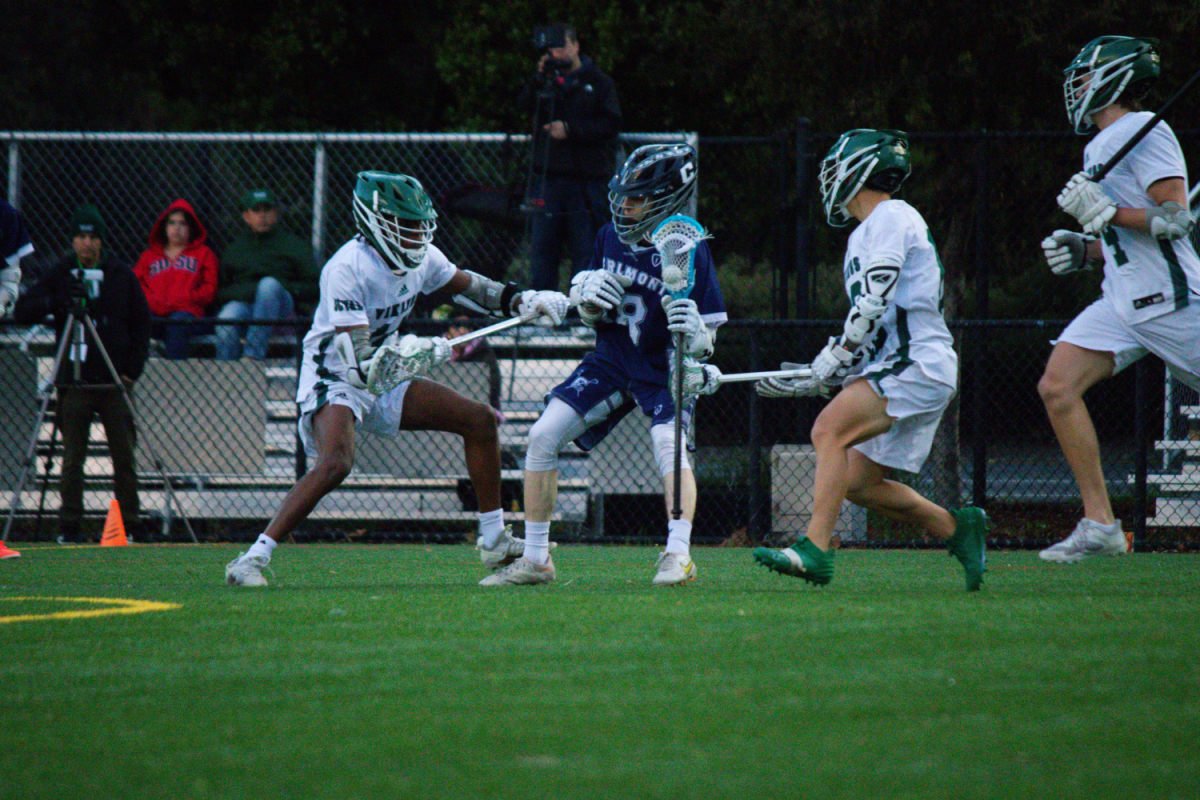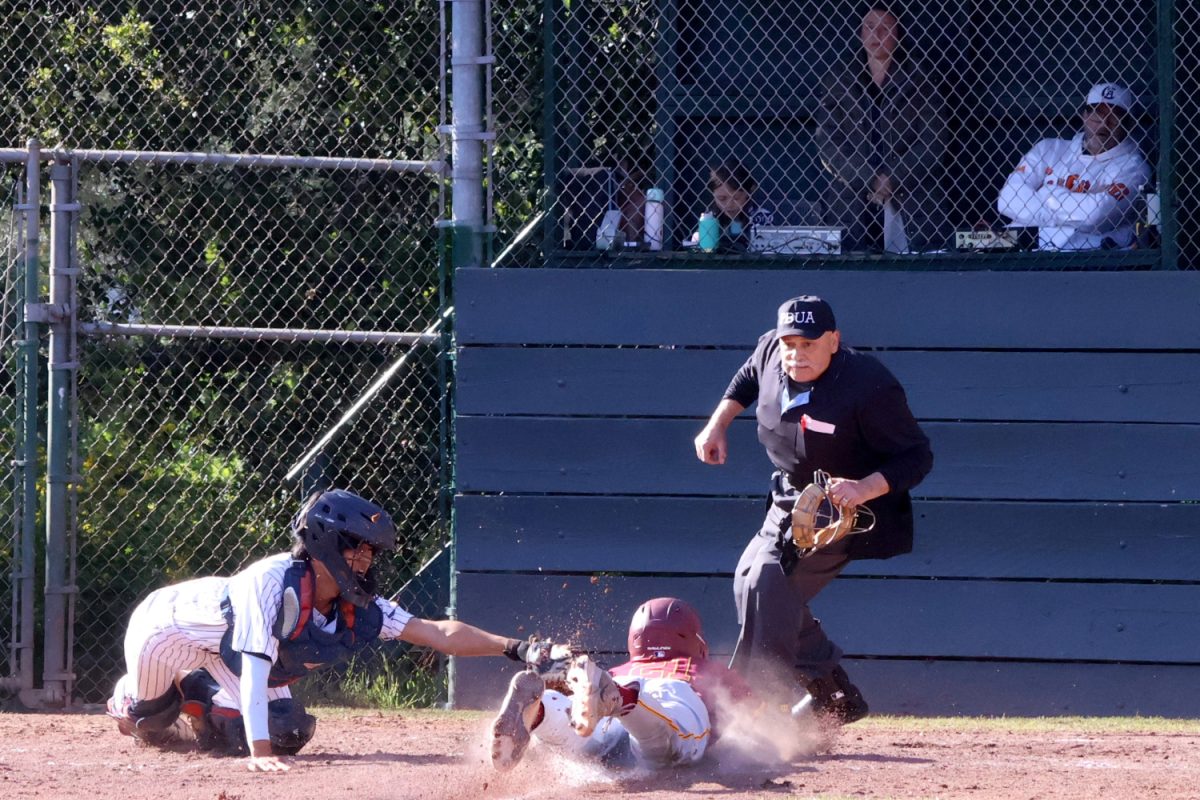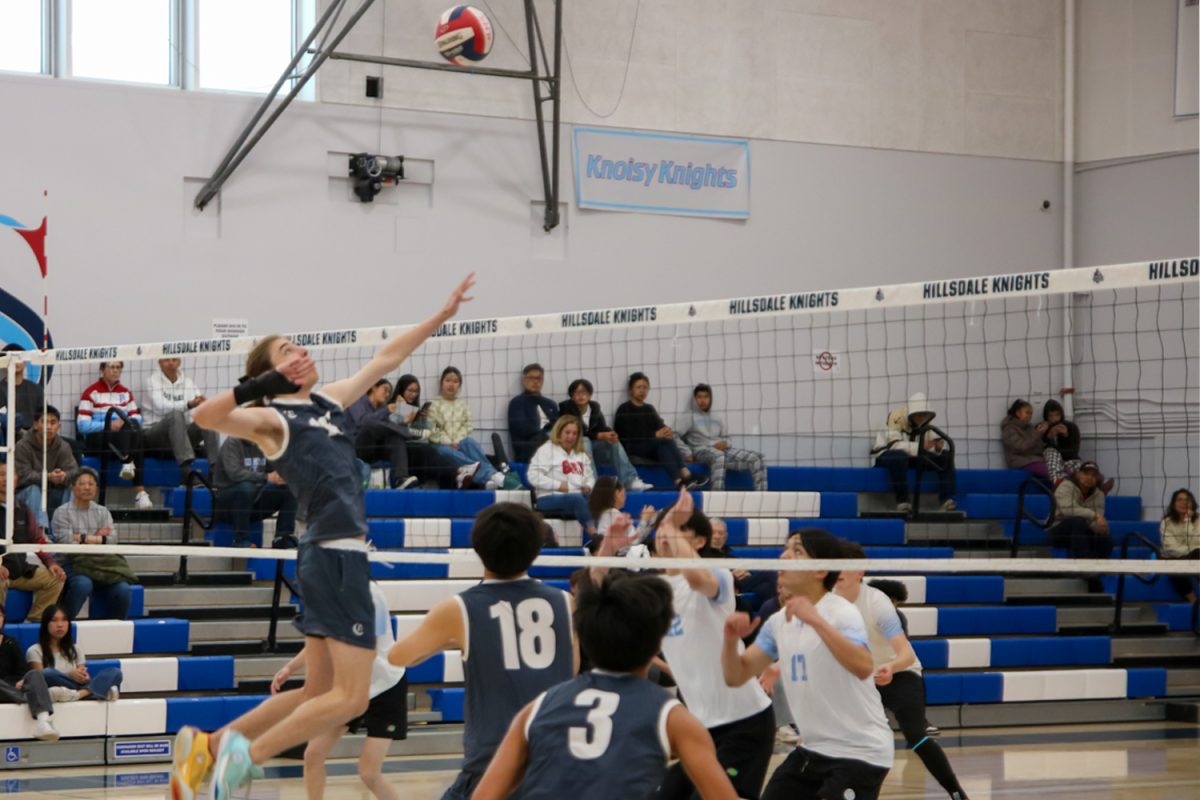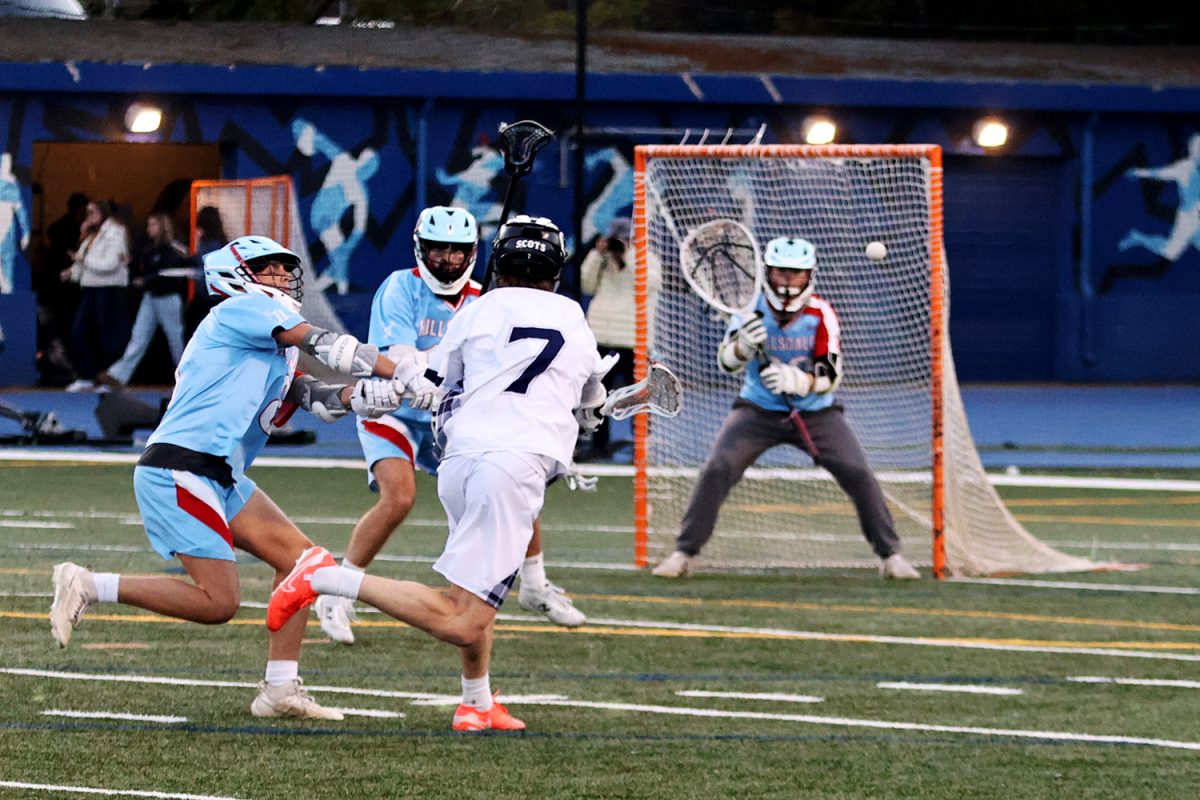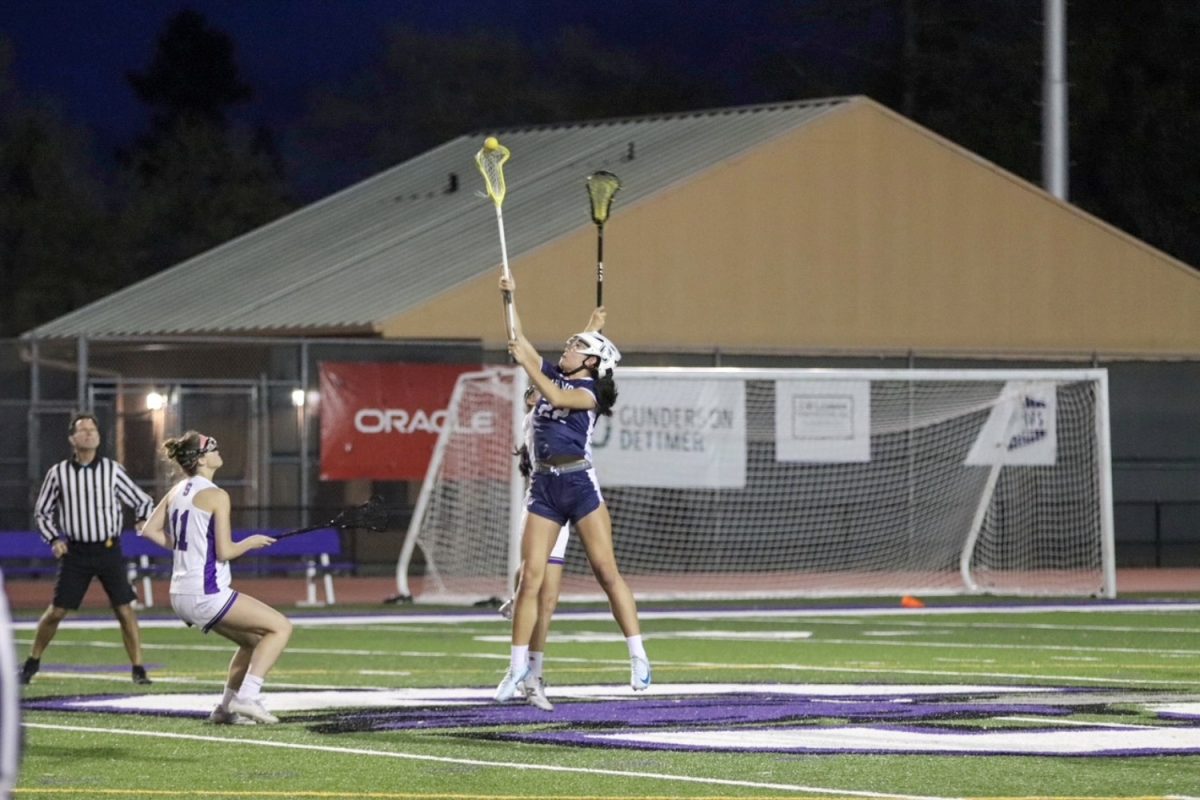“Harry was speeding toward the ground when the crowd saw him clap his hand to his mouth as though he was going to be sick-he hit the field on all fours-coughed-and something gold fell into his hand. ‘I’ve got the snitch!’ He shouted.”
More than 20 years after the release of “Harry Potter and the Philosopher’s Stone”, children worldwide still marvel at every aspect of the world J.K. Rowling created and are engulfed in the pages of which this story is told. The Harry Potter fandom has grown to a scale larger than many would’ve expected when the idea first came up, from theme parks and Harry Potter experiences to clubs and larger associations. One of these includes the U.S. Quidditch Association and the International Quidditch Association (IQA). The popular wizarding sport has been brought to life, as Quidditch is now played worldwide with over 450 teams.
Quidditch is a gender-inclusive sport and is played by people of all ages. Every year, there are numerous tournaments, including local ones and larger ones such as the U.S. Quidditch Cup and the IQA World Cup. The Silicon Valley Vipers, a team in the Bay Area that made it to the top 16 in the 2021-2022 U.S. Quidditch Cup, actively recruit new members throughout the year and encourage people of all ages and backgrounds to join.
“We’re very welcoming of new players. So over the past season, we taught over 100 people Quidditch,” said Sam Fischgrund, a founding member of the Vipers. “Whether you’ve played before or want to learn to play, we’re the right team to join.”
Growing up, Fischgrund read all of the Harry Potter books, but it was only in college when he first heard that the game existed in real life. This was an opportunity to relive his childhood, which he decided not to pass up.
“It was a really cool community because it was like a book club, but everyone was a part of it. Every time a new book came out, there would be midnight release parties; it was amazing,” Fischgrund said. “In Quidditch, there’s five balls in play and 14 players, so you’re constantly running after something; you’re constantly being engaged by the gameplay. It’s very chaotic, which I love, and it’s, of course, somewhat silly because at the end of the day, we are playing a game from a children’s fantasy novel.”
Quidditch in real life was founded in 2005 at Middlebury College by Xander Manshel and Alex Benepe. Over the years, as the sport popularized and became a more competitive game, the rules evolved and are now periodically reviewed and updated.
Because the game’s origins are fictitious, there are a few similarities and differences between how the game was played in the books compared to real life. The basic rules of the game are the same as in the books. There are seven players per team (three chasers, one keeper, two beaters, and one seeker), 10 points are earned per goal, and a quaffle, bludgers, and snitch are used. A few differences are that the players don’t use actual brooms that fly, the snitch is a neutral player instead of a flying ball, and the snitch is worth 35 points instead of 150.
For the first few years, the sport was only played in college, but as the sport grew in popularity and scale, club teams became more common.
“I originally started playing back in college actually with my college team. It was pretty casual when I joined, and then post-college when I moved to the Bay Area (in 2017), I was kind of resistant at first [to continue playing], but I had a friend who had gone to college with me, and he found the [Vipers] right away,” said Alicia Breyer, one of the team captains of the Vipers. “I finally came out, went to my first quidditch practice in 2019, and that’s when I joined the Vipers.”
Growing up reading the Harry Potter books with her family, Breyer reflected on how it felt to still have part of that fantasy in her life and how the game affects her now.
“It’s just been really cool to still be able to get that experience. The team, in general, has just been a really good way of meeting people in the community that normally you wouldn’t get to meet,” Breyer said.
Although the game of Quidditch was originally played mainly by fans, as the sport grew, players began to join teams for reasons other than living out their childhood fantasies.
“I don’t know anything about the Harry Potter stuff. So this was just for me, just some sport to try out to get some more exercise,” said Vipers’ Keeper Daniel Martinez. “Mostly, it’s for socialization, just to make friends, the community, and then also exercise.”
Not having read the books, Martinez found out about the game through another source and was recruited by Fischgrund. He joined the team for the practical and social aspects of the game. Other players like Elbert Suen joined for the competitive aspect of the game.
“The first game I saw, the Vipers were getting completely annihilated and had someone just running through them all and scoring,” Suen said. “I said, ‘Sam, I thought you said this is a full-contact sport? Okay, fine. I’ll do it myself.’ And that’s how I ended up playing Quidditch competitively.”
Suen calls himself “a modern Harry Potter fan at best,” as he has only read a few of the books. The main reason he joined the Vipers was because of his interest in sports and his competitive personality.

Another player, Maryna Kapurova, described her journey and what the game meant to her when coming to the U.S. from Ukraine: she had read the Harry Potter books soon after she moved to the U.S., and when she saw a news update about a Quidditch game in the area, she decided to go check it out.
“Of course, I went to see [the game]. I tried, I liked it, and I just stuck around,” Kapurova said. “It is definitely a really nice community, and it is a very diverse community.”

